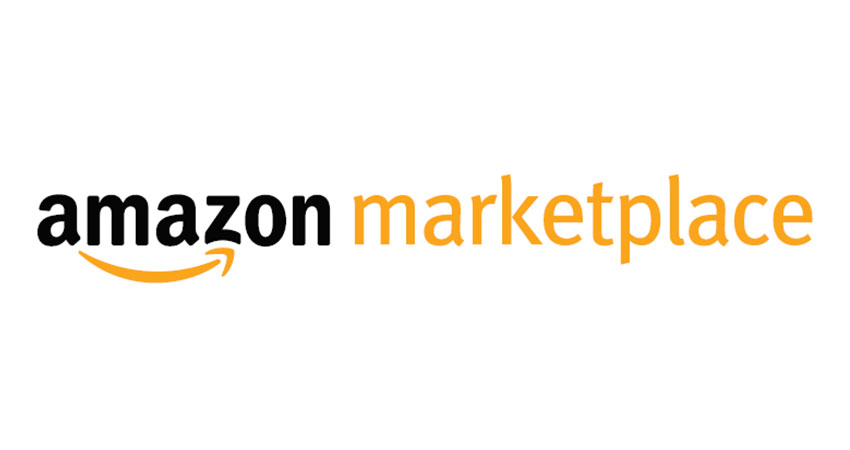The name Amazon has become ubiquitous for both merchants and customers across the globe. The ecommerce company is projected to take 50% of the ecommerce market’s gross merchandise volume (GMV) by 2021 in the U.S. alone.
Seeing this success, other retailers have moved to open their own third-party marketplaces, like Target’s recent Target+ announcement, as Walmart and others had done years before.
As merchants search for ways to offer shoppers the convenient buying experience they desire, Amazon has reigned as a top choice. It was reported last year that more than one million small businesses were selling goods on its online marketplace. With Amazon’s rapid growth as the retailer of choice, the number of sellers will only continue to increase. But will they be able to optimize the platform to offer a superior experience and protect their margin?
As merchants navigate the increasingly complex web of ecommerce, there are critical factors to review when choosing the best Amazon distribution model for their business.
Is This Right for Us?
Merchants looking to strengthen their ecommerce mix and push business to the next level must integrate marketplace selling into their overall strategy. Consumer habits and preferences have transformed, and businesses are unable to avoid platforms they’re using to shop.
With flourishing platforms like Amazon not going away anytime soon, brands must figure out the best approach to take advantage of them. There are unique opportunities that come with this partnership. For one, it’s a site many consumers trust and visit daily. Aside from the many eyeballs, Amazon offers two types of relationships — first party (1P) and third party (3P). Merchants categorized as 1P sell directly to Amazon, which in turn sells to consumers, similar to a wholesale partnership. In a 3P relationship, merchants sell their goods directly to consumers via the Amazon marketplace. Brands can take advantage of either partnership or both, which is known as a hybrid model.
There is ample opportunity on the back end for sellers to leverage the marketplace to complement their own direct-to-consumer (DTC) efforts. But they must know what’s best for their shoppers and business alike.
Understanding Your Options: 1P and 3P
If there’s one thing customers hate, it’s when they find out something they ordered isn’t in stock. They want uninterrupted experiences regardless of what platform they’re using. So, real-time inventory management across channels is vital.
Amazon gives complete control to third parties over their inventory. This level of freedom enables sellers to have a more balanced multichannel strategy, because they’re easily moving inventory between platforms. When managing orders, Amazon acts as a merchant of record (MOR) for brands, so they must handle their own fulfillment. Sellers frequently receive orders from customers and find it helpful to seek counsel from additional ecommerce partners. Unless one chooses to use Fulfillment by Amazon (FBA), they should consider partnering with others that can act as their seller of record (SOR).
As a 1P seller, merchants give up control to let Amazon decide which products it will buy, and how many. These sellers are left with minimal control over their inventory. However, Amazon takes care of order management as both a MOR and SOR, enabling greater ease of use. In addition, it handles fulfillment, but merchants can’t use the same inventory to fulfill multichannel orders.
Apart from order and inventory management, another essential factor in ecommerce is pricing. As the 1P relationship resembles that of a wholesaler, Amazon controls the price of products. It can lower prices if it chooses, ultimately impacting a brand’s margins. With constant wars between big names like Amazon and Walmart, it’s no wonder smaller brands often feel pressured to lower prices in response to competition. By contrast, Amazon allows 3P sellers to control their pricing strategy and adjust it when necessary.
Whatever a seller chooses — 1P, 3P or a mix of both — they must keep the above in mind when deciding what best suits their business model. Also, they must not neglect their own DTC strategy.
You are Your Own Best Asset
Though marketplaces such as Amazon have risen in popularity and continue to gain momentum, brands can’t forget their own DTC channels. These platforms are their most strategic go-to-market route.
An important factor to remember: Amazon doesn’t allow merchants much control over the customer experience, which is crucial in ecommerce. Sales are viewed as one-time transactions and a limited amount of customer data is shared on the platform. For this reason, it can be difficult to build strong customer relationships.
With that said, a brand’s DTC channel must not take a backseat to marketplace selling. On their own platforms, they can customize the brand message and offer personalized customer experiences.
It truly is a balancing act. Marketplaces like Amazon are meant to complement a merchant’s own channels in order to open new revenue streams. If their own platforms aren’t tended to, it can hinder future success.
James Gagliardi is chief product officer at Digital River


Hi James. Amazon FBA is a great channel for our overall strategy. It’s our number one place to sell our products for now. But yes, we do have our own website. So what we’re trying to do is list our products in Amazon and then gain enough exposure and reputation so we can actually get more value from our own ecommerce website.
We do see that as a typical trend to leverage Amazon’s reach. We see our clients building out strategies for Amazon, their Direct-to-Consumer store, and other retail locations. Depending on your product type and price point, customers will do research outside of Amazon and will likely visit your website. You’ll want to provide rich product content and a call to action to purchase (direct and from other channels).
Spot on. We’ve been redesigning our websites and writing keyword rich copy with a cto as you advised. We’ll re-launch the ecommerce websites in a few months.